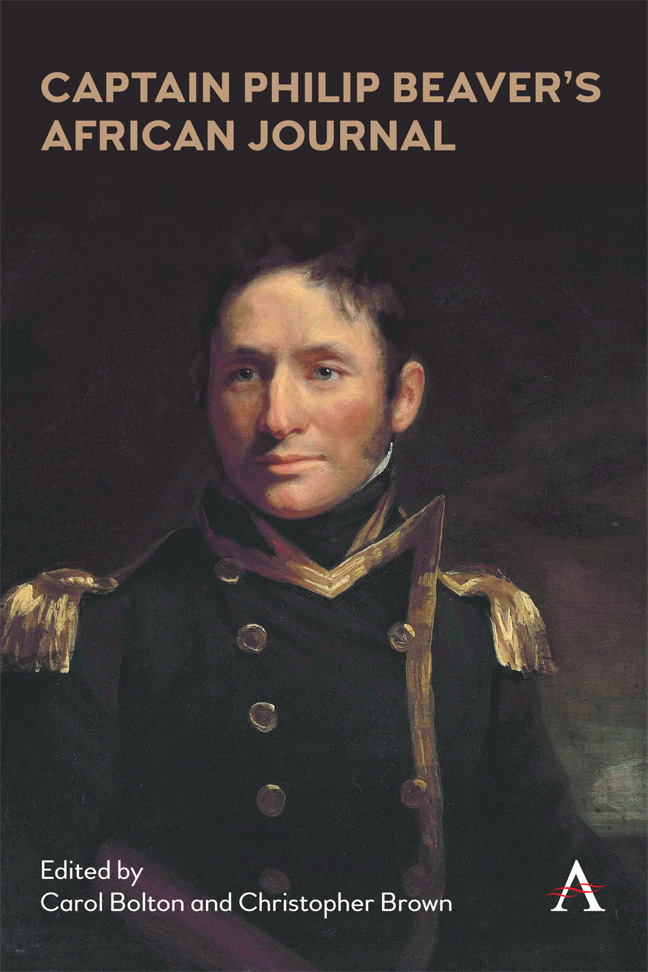216 results
Guiding prevention initiatives by applying network analysis to systems maps of adverse childhood experiences and adolescent suicide
-
- Journal:
- Network Science , First View
- Published online by Cambridge University Press:
- 24 May 2024, pp. 1-27
-
- Article
-
- You have access
- Open access
- HTML
- Export citation
A genetically related cluster of Salmonella Typhimurium cases in humans associated with ruminant livestock and related food chains, United Kingdom, August 2021–December 2022
-
- Journal:
- Epidemiology & Infection / Volume 152 / 2024
- Published online by Cambridge University Press:
- 16 April 2024, e89
-
- Article
-
- You have access
- Open access
- HTML
- Export citation
The cardinal rules: Principles of personal protective equipment for high-consequence infectious disease events
-
- Journal:
- Infection Control & Hospital Epidemiology / Volume 45 / Issue 6 / June 2024
- Published online by Cambridge University Press:
- 08 February 2024, pp. 785-787
- Print publication:
- June 2024
-
- Article
-
- You have access
- Open access
- HTML
- Export citation
The predictive role of symptoms in COVID-19 diagnostic models: A longitudinal insight
-
- Journal:
- Epidemiology & Infection / Volume 152 / 2024
- Published online by Cambridge University Press:
- 22 January 2024, e37
-
- Article
-
- You have access
- Open access
- HTML
- Export citation
Incidence and risk factors for catheter-associated urinary tract infection in 623 intensive care units throughout 37 Asian, African, Eastern European, Latin American, and Middle Eastern nations: A multinational prospective research of INICC
-
- Journal:
- Infection Control & Hospital Epidemiology / Volume 45 / Issue 5 / May 2024
- Published online by Cambridge University Press:
- 04 January 2024, pp. 567-575
- Print publication:
- May 2024
-
- Article
- Export citation
61 Robustness of Attention Networks Across Multiple Sessions: Behavioral and ERP Findings
-
- Journal:
- Journal of the International Neuropsychological Society / Volume 29 / Issue s1 / November 2023
- Published online by Cambridge University Press:
- 21 December 2023, pp. 469-470
-
- Article
-
- You have access
- Export citation
The Constitutionality of Medicare Drug-Price Negotiation under the Takings Clause
-
- Journal:
- Journal of Law, Medicine & Ethics / Volume 51 / Issue 4 / Winter 2023
- Published online by Cambridge University Press:
- 13 March 2024, pp. 961-971
- Print publication:
- Winter 2023
-
- Article
- Export citation
Part II
-
- Book:
- Captain Philip Beaver's African Journal
- Published by:
- Anthem Press
- Published online:
- 29 February 2024
- Print publication:
- 05 September 2023, pp -
-
- Chapter
- Export citation
VII - Recapitulation of the principal causes of our failure—none of which can be attributed either to the difficulty or impracticability of the Enterprise itself.
-
- Book:
- Captain Philip Beaver's African Journal
- Published by:
- Anthem Press
- Published online:
- 29 February 2024
- Print publication:
- 05 September 2023, pp 191-196
-
- Chapter
- Export citation
Introduction
-
- Book:
- Captain Philip Beaver's African Journal
- Published by:
- Anthem Press
- Published online:
- 29 February 2024
- Print publication:
- 05 September 2023, pp xvii-xlix
-
- Chapter
- Export citation

Captain Philip Beaver's African Journal
-
- Published by:
- Anthem Press
- Published online:
- 29 February 2024
- Print publication:
- 05 September 2023
Part III
-
- Book:
- Captain Philip Beaver's African Journal
- Published by:
- Anthem Press
- Published online:
- 29 February 2024
- Print publication:
- 05 September 2023, pp -
-
- Chapter
- Export citation
Bibliography
-
- Book:
- Captain Philip Beaver's African Journal
- Published by:
- Anthem Press
- Published online:
- 29 February 2024
- Print publication:
- 05 September 2023, pp 379-382
-
- Chapter
- Export citation
Dedication
-
- Book:
- Captain Philip Beaver's African Journal
- Published by:
- Anthem Press
- Published online:
- 29 February 2024
- Print publication:
- 05 September 2023, pp vii-viii
-
- Chapter
- Export citation
Acknowledgements
-
- Book:
- Captain Philip Beaver's African Journal
- Published by:
- Anthem Press
- Published online:
- 29 February 2024
- Print publication:
- 05 September 2023, pp xiii-xiv
-
- Chapter
- Export citation
III - Summary of the Calypso's proceedings from the time of her separation to her rejoining the Hankey.
-
- Book:
- Captain Philip Beaver's African Journal
- Published by:
- Anthem Press
- Published online:
- 29 February 2024
- Print publication:
- 05 September 2023, pp 29-34
-
- Chapter
- Export citation
Author's Introduction
-
- Book:
- Captain Philip Beaver's African Journal
- Published by:
- Anthem Press
- Published online:
- 29 February 2024
- Print publication:
- 05 September 2023, pp liv-lvi
-
- Chapter
- Export citation
Index
-
- Book:
- Captain Philip Beaver's African Journal
- Published by:
- Anthem Press
- Published online:
- 29 February 2024
- Print publication:
- 05 September 2023, pp 383-393
-
- Chapter
- Export citation
I - Proceedings of the Bulama Society in England
-
- Book:
- Captain Philip Beaver's African Journal
- Published by:
- Anthem Press
- Published online:
- 29 February 2024
- Print publication:
- 05 September 2023, pp 1-14
-
- Chapter
- Export citation
Preface
-
- Book:
- Captain Philip Beaver's African Journal
- Published by:
- Anthem Press
- Published online:
- 29 February 2024
- Print publication:
- 05 September 2023, pp l-liii
-
- Chapter
- Export citation

